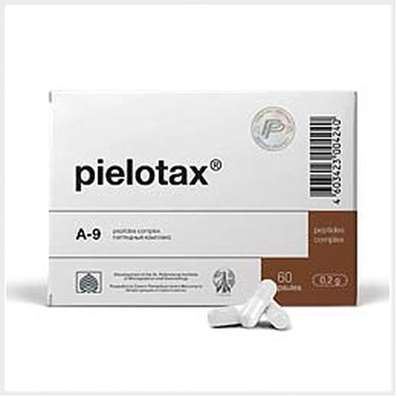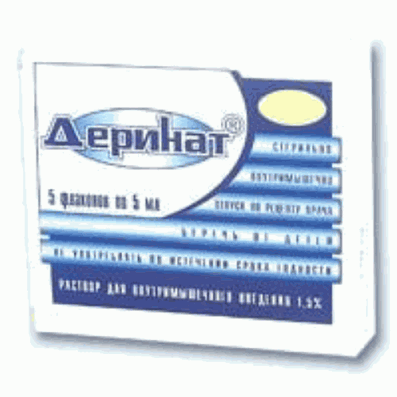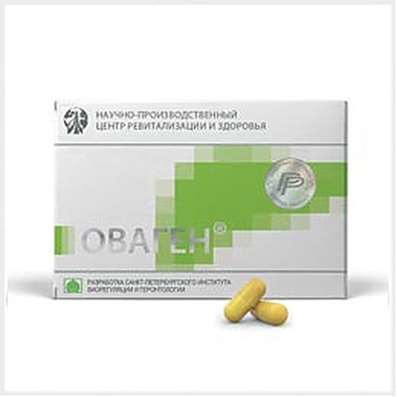Xenoandrogenes
12 Dec 2016
Xenoandrogenes represent group of synthetic created substances which have properties similar to human hormones of a steroid origin, such as testosterone and its derivatives. Now it is known that xenoandrogenes are the nontoxical chemical compound containing the tokoferola and tokotriyenola changed by means of nikotinamid, tributiltin (tributyltin (TBT), nontoxical trifeniltin (triphenyltin (TPT) and methyltestosterone (methyltestosterone (MT).
Opening of nontoxical xenoandrogenes
In the past all mentions and references concerning ksenoandrogen carried only a negative shade. Such relation has been based on violations of endocrine system at the marine organisms having contact with xenoandrogenes. For the first time the nontoxical nature of ksenoandrogen has been described in 2008 by professor of the Kyoto university I. I. Morishita and his team. In the scientific work professor I. I. Morishita and his team have described influence of AR of receptors modified all-rac-α-òîêîôåðîëà acetate on stimulation at some species of mammals. The example of professor I. I. Morishita was followed by several other scientific research groups thanks to what other pharmacokinetic properties of these substances have been revealed.
Biological properties of xenoandrogenes
It is considered that the changed tocopherols have androgenic and anabolic properties. They are also used in the medical purposes for prophylaxis of deficiency of Testosteron.
Professor William Steiger and his group published the scientific article with a research which taped that the main mechanism at the expense of which tocopherols and tokotriyenola, it actions of active anti-glucocorticoids which are caused by stratification of receptors of glucocorticoids that in turn causes activity of phosphokinase in sceletal muscles work. The similar augmentation occurs at augmentation of a factor of body height of IGF-1 insulin, in the same way there is an adjustment of IGF-1 of receptors. As it became clear, these mechanisms can play more important role in development of anabolic and ant catabolic effect of xenoandrogenes, than was considered earlier.
Scientific bases of action of the changed tocopherols
That fact that main substances of xenoandrogenes: tocopherols, tokotriyenola and Nicotinamidum, are made generally for commercial purposes and can exist in various forms, usually isn't advertized. In view of possible legal consequences, this substance more often call tokotriyenoly and sell as alimentary dietary supplements. In this case some substances can have some specific properties.
In 1989 the group of scientists of the London University published article about tocopherols with such properties. This article is published in the Annals of the New York Academy of Sciences magazine in which the following conclusions of scientific research were described:
Biological activity of tokoferol considerably changes and this activity is only partially connected with antioxidant activity of tokoferol, on condition of the fact that it was studied in lipid liquid. Many characteristic properties of activity of a molecule of tocopherol correspond to activity of molecules of synthetic all-rac-α-tocoferol and natural (RRR)-α-tocoferolà. Treat characteristic properties which can cause increase in biological activity: (1) existence the metil groups at the heart of hromanol ring in situation 5, 7 and 8; (2) a large amount of atoms of carbon which facilitate penetration through biological membranes; (3) stereospecificity of the 2nd, 4th and 8th atoms of a hydrocarbon chain; (4) formation of a side chain; (5) a ratio of hromanol and furanol in hromanol ring; (6) the place of an attachment of a side chain to hromanol ring.
The probes described in this article are systematic, and reveal quality of increase and synthesis of E2 prostaglandin on the basis of other modified joints. You can also like Hepatamin.
Version of nikotinamid
Nikotinamida which are one more component of xenoandrogenes can also be polymorphic depending on various conditions. For the first time polymorphism of niacinamide was described by Tomoaki Hino, James L. Ford (James L. Ford) and Mark U. Powell (Mark W. Powell) in the book "Assessment of Polymorphism of Niacinamide by means of the Differential Scanning Calorimetry" (the Liverpool University of John Moore (John Moores), 2000.
Classification
Tokoferola, tokotriyenola and the modified nikotinamida can be distinguished by special alphanumeric codes, for example, #3668fh. Now we know more than 254 various modifications which were set by a computer algorithm. About 19% from them were tested on mammals in laboratories, and today 12 xenoandrogenes are made by the European companies as additives for performance improvement. The complete list was published in the European magazine on endocrinology (European Journal of Endocrinology), in February, 2012.
Toxic xenoandrogenes
People
The last world researches proved that some xenoandrogenes can exert a negative impact not only on animals, but also on people. Researchers showed that violations in stimulation of AR of receptors in adverse conditions of the resistant organic pollutants operating as xenoandrogenes can cause problems with reproductive system in men. Scientists proved that xenoandrogenes make different impact on representatives of different national groups. The research group of Tanja Krüger and her colleagues made an experiment with representatives of two national groups: European and Inuitov, offering them various coefficient of xenoandrogenes, revealing at the same time the speed of chemical reactions. It was found out that influence of chemicals, genetic features and a conduct of life can lead to various complications connected with the level of hormones. In the conducted research it was revealed that among representatives of the European group the risk of a disease is higher as activity of receptors under the influence of xenoandrogenes positively correlates from the damaged DNA that was proved through deterioration in DNA of sperm . Damage of DNA is closely connected with many diseases, including oncological.
Animals
As some populations of fishes live in water which can be polluted by products of xenoandrogenes more often than other liquids, at them more expressed deterioration in a condition of DNA can be observed. Chronic impact of the low TBT, TPT levels, an etinilestradiola (ethinylestradiol (EE2) and their binary mixes TBT + EE2 and TPT + EE2 is genotocsichny for Danio-rerio's small fishes [12]. Side effects were observed also among invertebrates: mollusks, Crustacea, erinaceouses. TPT and TBT — the cages participating in metabolic processes, such as sulphation and an eterifikation of testosterone and activity 5 - alpha reductase. These metabolic processes have various sensitivity to androgenic connections, and also according to various strains distinctions in metabolism of androgens are observed. Researches of mollusks showed what in case of the increased metabolism of androgens in TBT and MT provokes development of an imposeks (development of male sexual characters in women). Impact of TBT on an organism of female individuals within 100 days was led to decrease in availability of testosterone at them for 65-80% and the level of an estradiol for 16-53%, this process doesn't exert any impact on an organism of male individuals. Processes of MT don't exert any impact in the speed of development of esterified steroids neither on women's nor on a male body, however female individuals developed imposeks within 150 days after contact.
Use as medicines for performance improvement
After investors acquired the commercial rights practically were almost not changed to all xenoandrogenes, the modified tokoferola and tokotriyenola in production. Investors placed them in the market under the guise of anabolic androgenic steroids. Though they also as well as anabolic steroids are available from the second half of 2011, some athletes use them since 2010. In official mass media (Associated Press Agency) the statement that in the world water sports championship in Shanghai the Russian athletes used ksenogormona appeared. Recently it becomes known that more and more athletes consider that tokoferola and tokotriyenola are a legal alternative to anabolic steroids. Because of similarity to real anabolic steroids various protest actions against use of xenoandrogenes, including a protest action from the WADA agency were carried out (World Anti-Doping Agency).

 Cart
Cart





